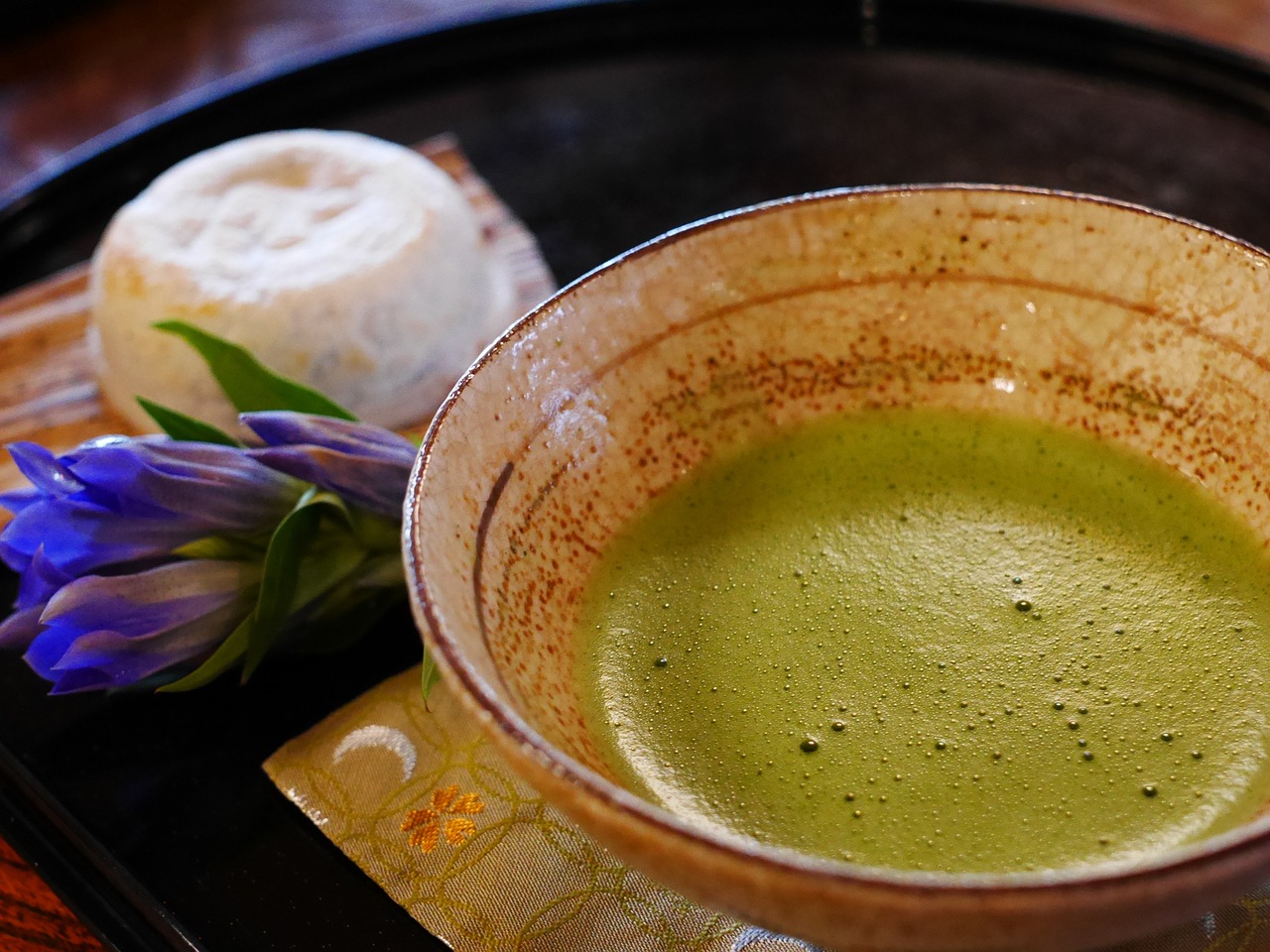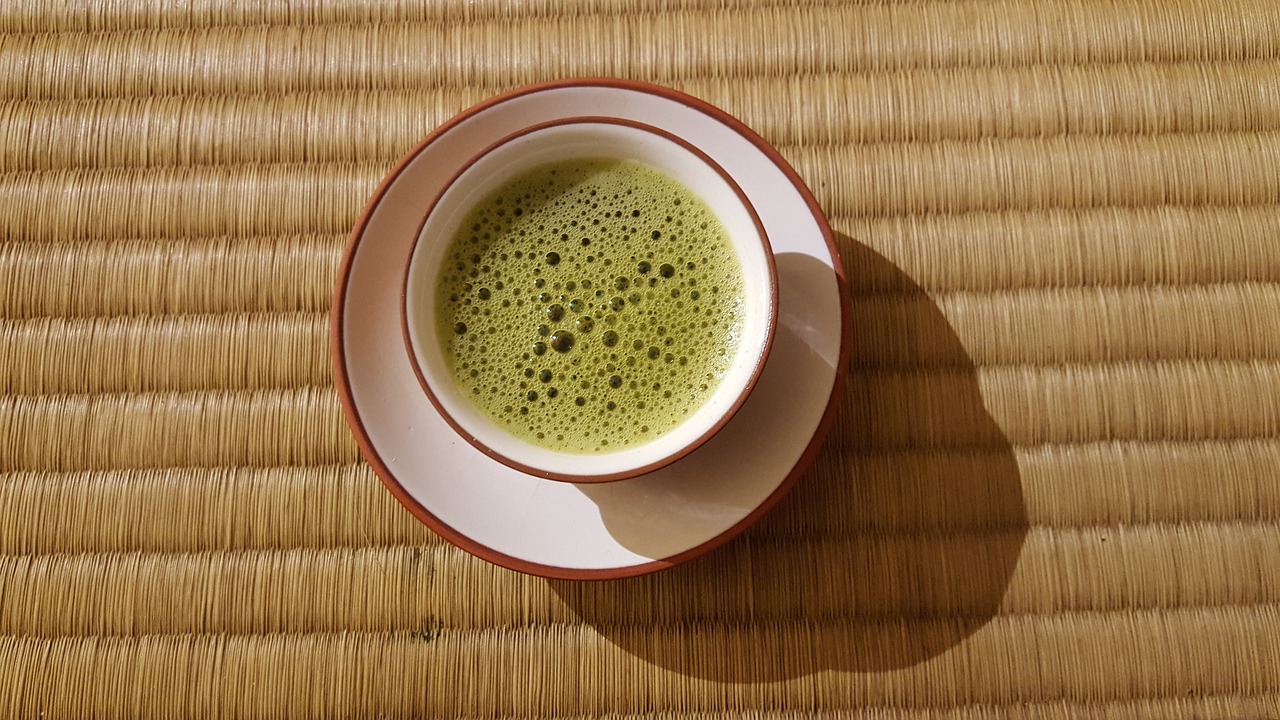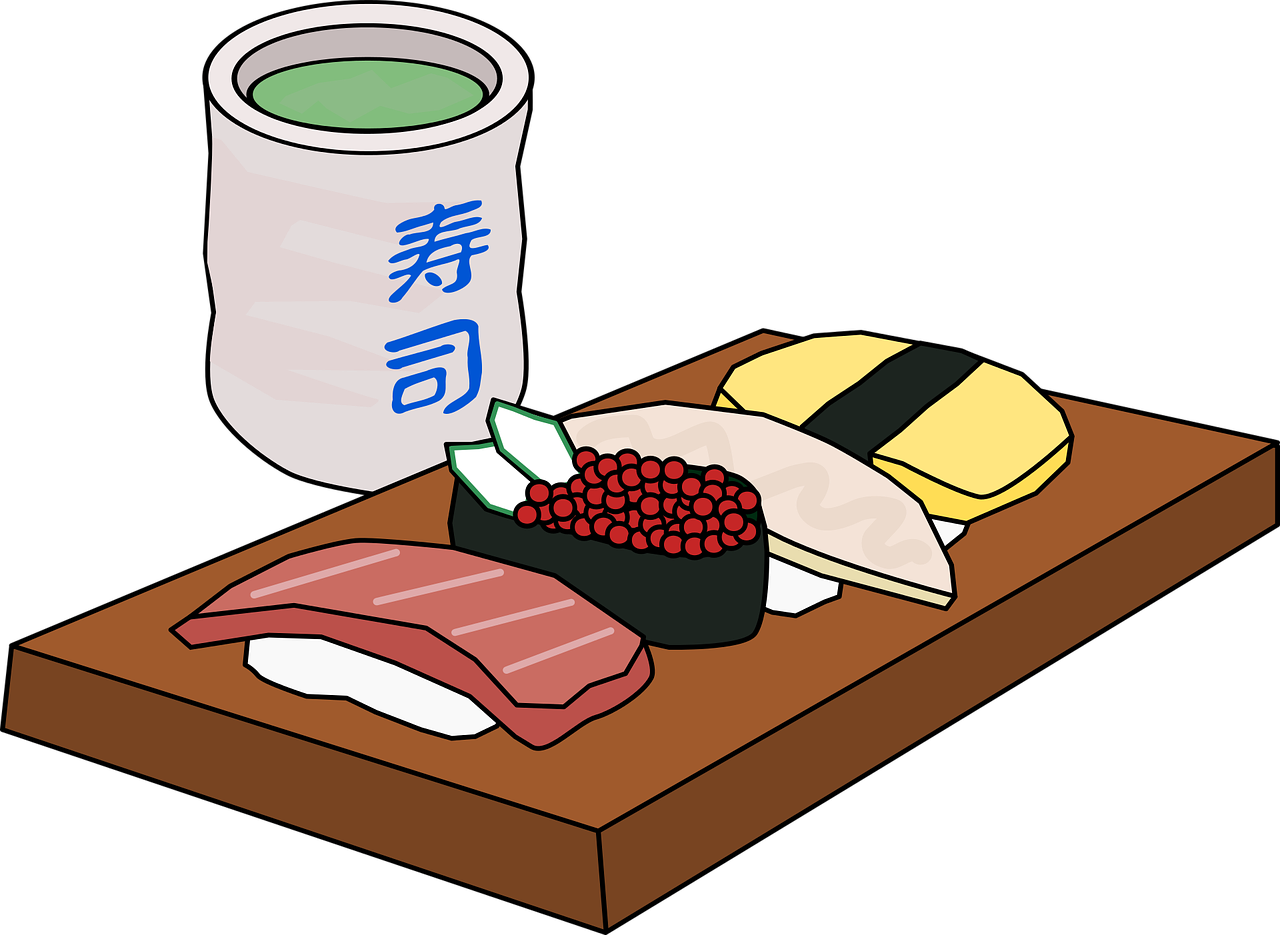Exploring The Rich History Of Japanese Green Tea: From Samurai To Modern Times
Imagine taking a step back in time, wandering through the pages of history to uncover the fascinating journey of Japanese Green Tea. From its humble origins in ancient Japan, this aromatic beverage has captured the hearts and minds of generations, shaping traditions and inspiring a unique culture. Embark on a captivating exploration as we delve into the rich and storied history of Japanese Green Tea, uncovering its connection to samurai warriors and discovering how it has seamlessly integrated into the modern world. Join us on this journey of discovery as we unravel the secrets behind the iconic leaves that have stood the test of time.

Origins of Green Tea in Japan
Introduction of tea to Japan
The history of green tea in Japan can be traced back to the 9th century when it was introduced to the country by Buddhist monks from China. These monks brought tea seeds and the knowledge of tea cultivation and preparation techniques. Tea was initially used for medicinal purposes and was brewed and consumed by the elite and the religious communities.
Development of tea culture during the Heian period
During the Heian period (794-1185), tea became increasingly popular among the aristocracy and became an important part of court culture. The refined and elegant tea drinking rituals began to develop during this time, and tea was seen as a symbol of sophistication and social status. Tea gatherings became a form of entertainment and a way to demonstrate wealth and power.
Green Tea in Ancient Japan
Zen Buddhism and tea
The rise of Zen Buddhism in the 13th century greatly influenced the development of tea culture in Japan. Zen monks embraced the simplicity and tranquility of tea drinking, incorporating it into their meditation practices. They believed that tea helped achieve mental clarity and calmness, aiding in the pursuit of enlightenment. This association between Zen Buddhism and tea has had a lasting impact on Japanese tea culture.
Matcha: The powdered green tea
During the 14th century, the practice of grinding tea leaves into a fine powder and whisking it with hot water to create a frothy beverage became popular. This tea, known as matcha, became the preferred choice of tea for tea ceremonies, as it emphasized the pure and vibrant flavors of the tea. Matcha was also commonly used in religious rituals and was highly valued for its energizing and calming properties.

The Influence of Samurai
Samurai’s fascination with tea
Tea became an integral part of the samurai culture in Japan. The samurai, known for their discipline and adherence to traditional values, embraced the principles of tea, such as harmony, respect, and purity. They admired the simplicity and tranquility of the tea ceremony and found solace in the meditative nature of tea preparation.
Tea as a symbol of status and honor
Tea became not only a personal practice but also a symbol of status and honor among the samurai class. Owning and serving high-quality tea was seen as a display of wealth and sophistication. Tea competitions were held to showcase the best tea preparation skills, and samurais would often collect and display exquisite tea utensils as a sign of prestige. Tea became a way for samurais to reinforce their status and connect with fellow warriors.
The Tea Ceremony
The formalization of tea
The tea ceremony, known as chanoyu or the Way of Tea, underwent significant development during the 16th century. Tea masters, such as Sen no Rikyu, played a crucial role in formalizing and codifying the tea ceremony. They emphasized the importance of simplicity, humility, and attention to detail in every aspect of the ceremony, from the selection of tea utensils to the arrangement of the tea room.
The role of tea masters
Tea masters were highly respected individuals who dedicated their lives to the art of tea. They were responsible for preserving and passing on the traditions and techniques of the tea ceremony to future generations. The role of the tea master extended beyond the mere preparation of tea; they acted as mentors, guiding their students in tea etiquette, aesthetics, and philosophy.

Tea and the Edo Period
Green tea becomes popular
During the Edo period (1603-1868), green tea gained widespread popularity among the general population. The advancements in tea production and distribution made it more accessible to people of all social classes. Green tea became a staple in Japanese households, enjoyed both for its refreshing taste and the numerous health benefits it offered.
Tea houses and social gatherings
Tea houses were established throughout Japan during the Edo period, becoming important social venues for tea enthusiasts. These tea houses provided a tranquil and intimate setting for people to gather, share stories, and enjoy the art of tea. Tea gatherings became a way for people from different walks of life to connect and appreciate the beauty of tea culture.
Modernization and Export of Green Tea
Introduction of Sencha
In the late 17th century, a new type of green tea called sencha began to gain popularity. Unlike matcha, sencha was made from whole tea leaves and steeped in hot water. This brewing method allowed for a lighter and more refreshing flavor profile, appealing to those who preferred a milder taste. Sencha quickly became the most commonly consumed type of green tea in Japan.
Green tea cultivation in different regions
During the Meiji period (1868-1912), Japan underwent significant modernization and industrialization, including the development of the tea industry. Green tea cultivation expanded to different regions of Japan, each with its own unique climate and soil characteristics. This resulted in the production of various types of green tea, each with its own distinct flavors and qualities.
Health Benefits of Green Tea
Rich in antioxidants
Green tea is well-known for its high concentration of antioxidants, particularly catechins, which have been linked to numerous health benefits. These antioxidants help fight against free radicals in the body and have been associated with reduced risk of chronic diseases such as heart disease, certain types of cancer, and age-related cognitive decline.
Promoting mental clarity and relaxation
In addition to its physical health benefits, green tea is also renowned for its ability to promote mental clarity and relaxation. The amino acid L-theanine found in green tea has been shown to have a calming effect on the mind, reducing anxiety and improving focus and concentration. Many people incorporate green tea into their daily routine to enhance their overall well-being and mental alertness.
Green Tea in Contemporary Japan
Tea in everyday life
In modern-day Japan, green tea continues to be an integral part of everyday life. It is commonly consumed with meals, after physical activities, or simply enjoyed as a means of relaxation. Green tea is readily available in various forms, including bottled and canned tea, tea bags, and loose leaf tea, making it easily accessible to people of all backgrounds.
Tea tourism and specialty teas
Japan’s rich tea culture has also become a popular attraction for tourists. Many tea enthusiasts travel to renowned tea-producing regions such as Uji and Shizuoka to learn about the tea-making process and to partake in tea tastings. Specialty teas, such as gyokuro (shade-grown tea) and hojicha (roasted green tea), have gained recognition for their unique flavors and have become sought-after varieties among tea connoisseurs.
Green Tea in Popular Culture
Tea in literature and art
Green tea has been frequently depicted in Japanese literature and art, serving as a symbol of tranquility, refinement, and the appreciation of natural beauty. Many famous works of literature, such as “The Tale of Genji” by Murasaki Shikibu, highlight the significance of tea in Japanese society and its deep-rooted cultural impact.
Green tea in movies and television
Green tea has also made its way into popular culture through movies and television. From traditional tea ceremonies featured in period dramas to the portrayal of tea as a comforting beverage in contemporary settings, green tea has become synonymous with the portrayal of Japanese culture and hospitality.
Preserving Japanese Green Tea Culture
Efforts to safeguard tradition
Recognizing the importance of preserving the rich heritage of Japanese green tea, various organizations and institutions have taken initiatives to safeguard and promote tea culture. These efforts include preserving traditional tea gardens, supporting small-scale tea farmers, and organizing tea-related events and festivals. Through these endeavors, the traditions and values associated with green tea continue to thrive.
Promoting tea education
Tea education has also become a focal point for preserving Japanese green tea culture. Schools and institutes dedicated to training tea masters and tea sommeliers have been established to ensure the knowledge and skills of tea preparation and appreciation are passed on to future generations. Additionally, educational programs and workshops are conducted to educate the public about the history, cultivation, and health benefits of green tea.
In conclusion, the origins of green tea in Japan can be traced back centuries, and its influence has permeated various aspects of Japanese society, from ancient traditions to contemporary everyday life. The deep-rooted cultural significance of green tea, coupled with its undeniable health benefits, continues to captivate people both within and outside of Japan. Through continuous efforts to preserve and promote tea culture, the rich history of Japanese green tea remains alive and serves as a testament to the enduring legacy of this beloved beverage.
Comments are closed, but trackbacks and pingbacks are open.